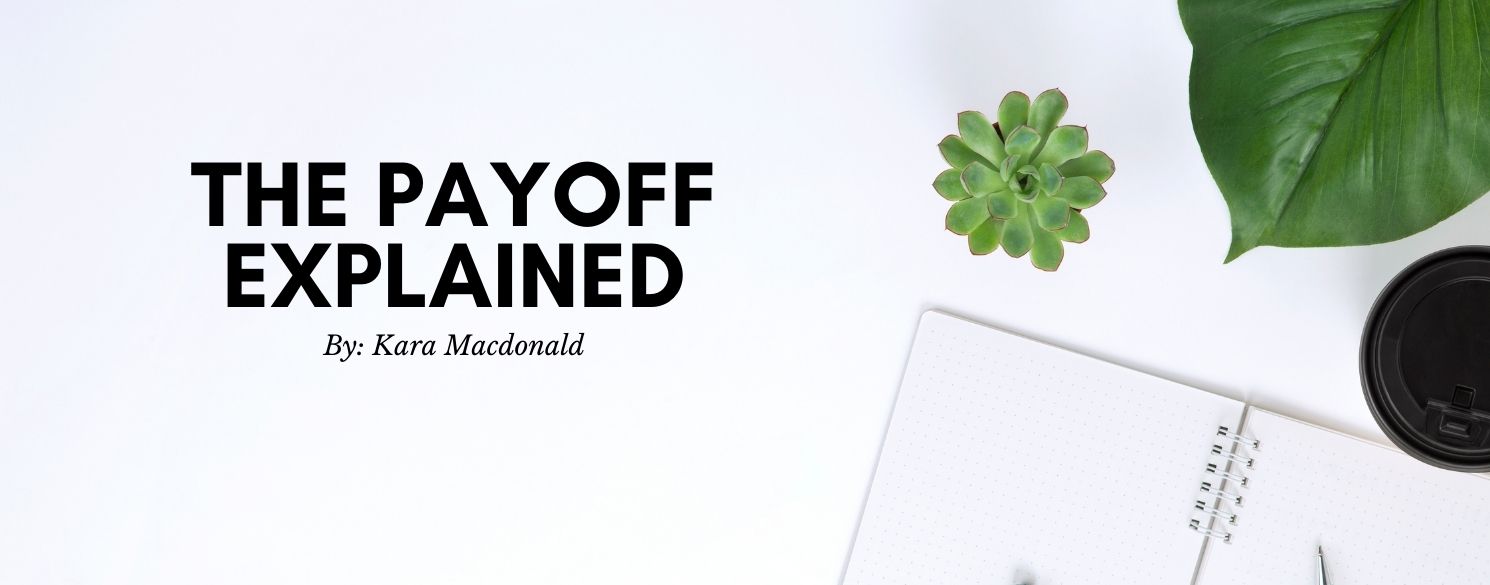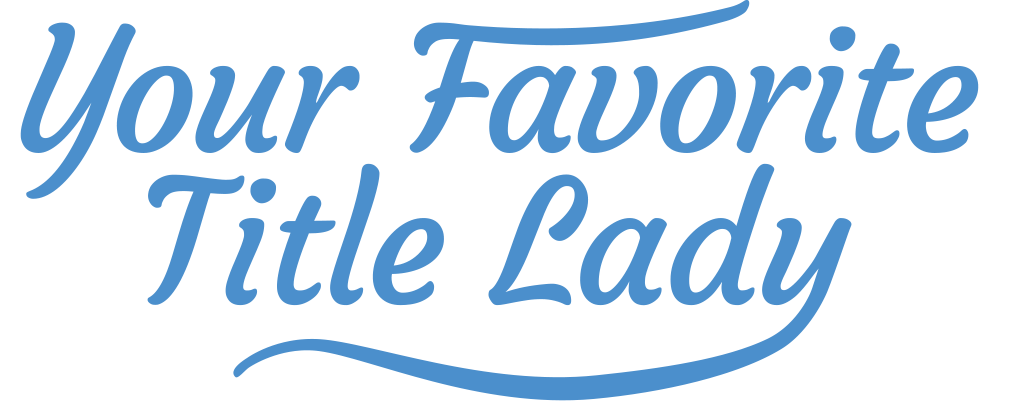

By: Kara Macdonald
October 8, 2021
One way to pay for the purchase of a home is to get a loan from a financial institution. At closing, many documents are signed. Two of the most significant are the Promissory Note and Mortgage/Deed of Trust.
The Promissory Note is essentially a promise to pay back the money borrowed according to the terms and conditions specified. Most Promissory Notes are secured by a Mortgage/Deed of Trust. A Deed of Trust/Mortgage is recorded in the Land Records as a lien against the property until the Promissory Note is paid in full, at which time, the bank will record a document to “release” the lien.
There are three common ways people pay off a Promissory Note. The first is they simply satisfy it with their own money. The second is they refinance the loan. The third is they sell the property and pay it off with the proceeds from the sale.
If you are refinancing or selling, a title company is usually involved. A title company will require a payoff statement for any Deed of Trust/Mortgages found on title. A payoff statement is a detailed breakdown of what is owed to satisfy the terms of your loan.
One question people ask a lot is why the payoff amount is higher than the principal balance on their mortgage statement. The answer is simple. Mortgages are paid in arrears. When you make your payment on the 1 st of the month, it covers for principal and interest amount owed for the previous month, if you are current on your loan payments. So, if you sell your home on the 10 th of October and have not made your October payment, you will pay 40 days of interest on top of the principal balance.
Additionally, title companies usually pad payoffs by a few days to allow time to process the paperwork after closing and to send the payoff to the bank. There may also be a couple of small fees to the bank such as a “Payoff Processing Fee.”
After the bank receives your payoff, they will send you a few items. The first is a check for any overage that was received from the title company and any funds from your escrow account. The second is your original Promissory Note stamped “PAID.”

